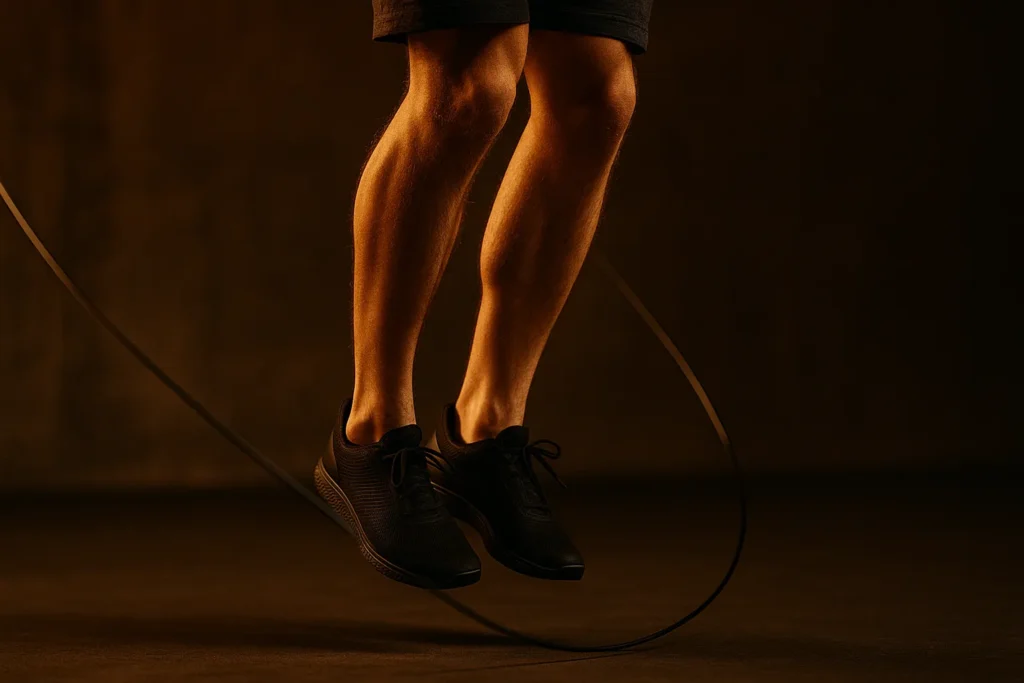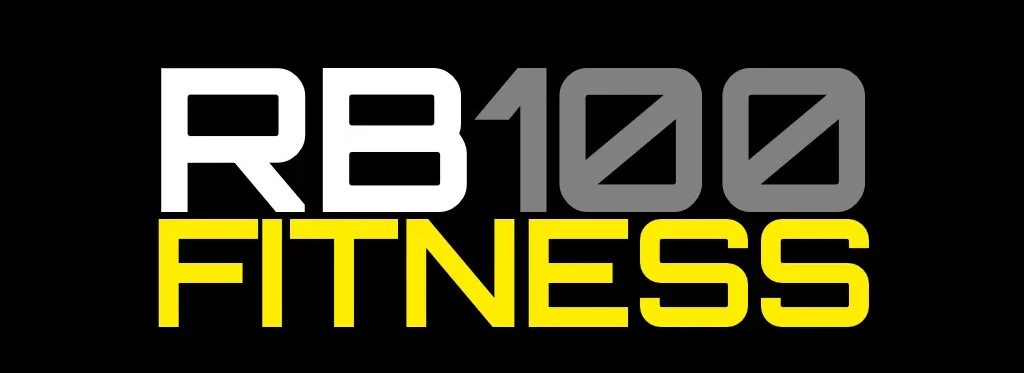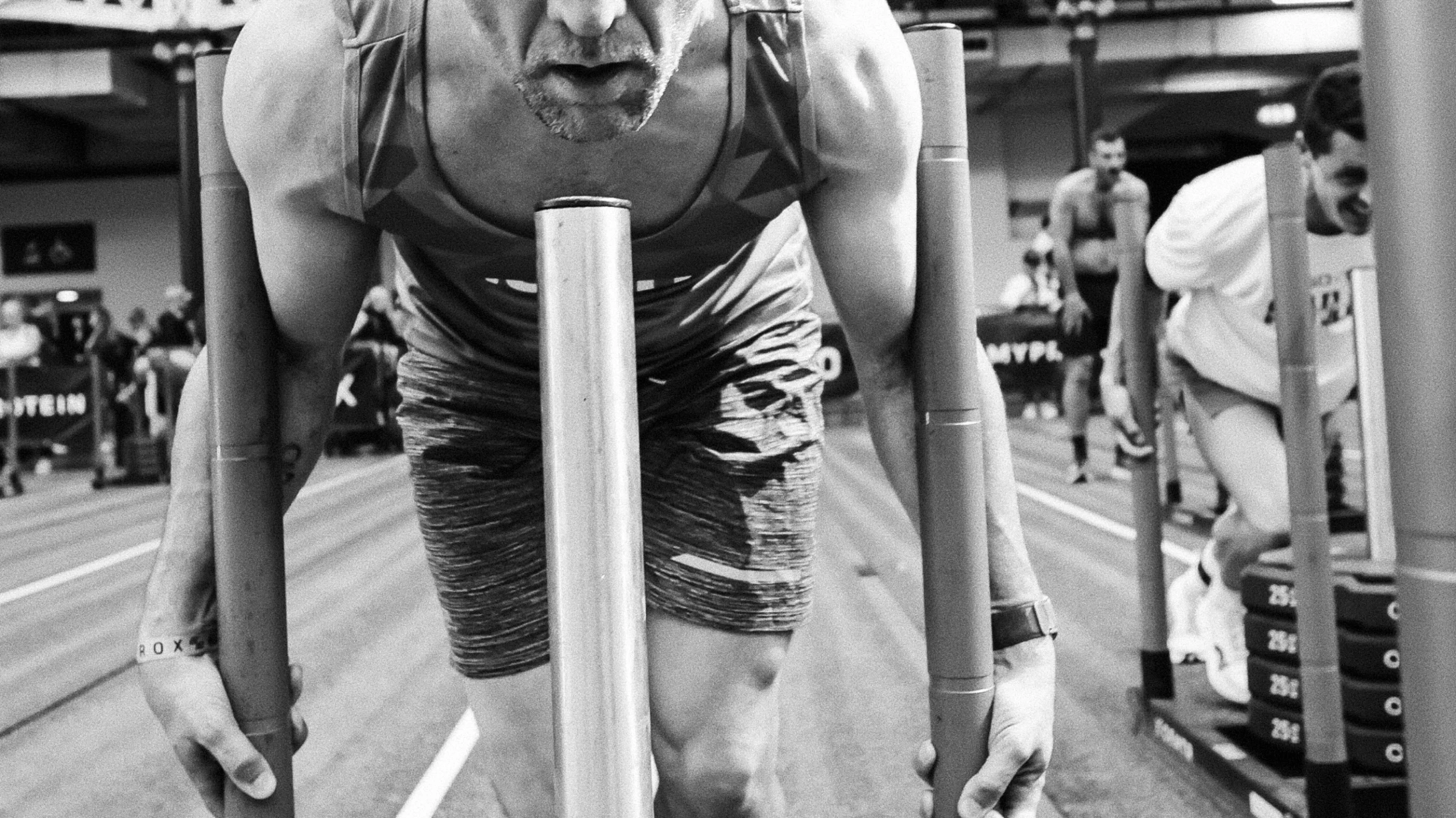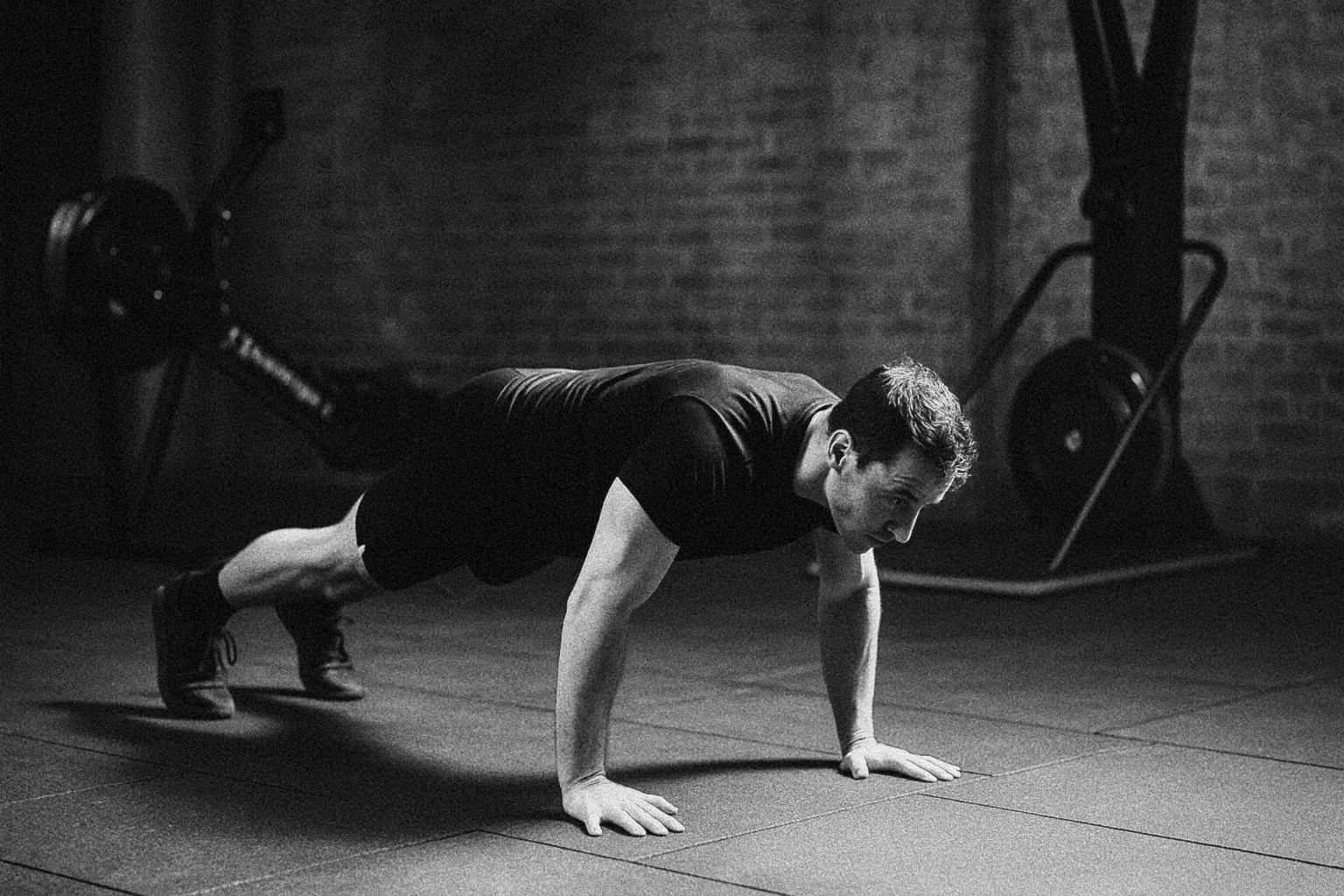The jump rope has been a conditioning tool for boxers, athletes, and military programs for decades. But when you add speed, timing, and power into the equation in the form of double-unders it becomes a whole new beast.
This challenge isn’t just about cardio. It’s about precision under fatigue. Mental focus when your lungs scream. And it’s one of the best bang-for-your-buck conditioning tools in functional training.
In Challenge #76, you’re taking on 100 double-unders. Whether you do them unbroken or break them into sets, the goal is the same: develop rhythm, explosive power, and aerobic efficiency in one clean format.
“The rope doesn’t lie. Either you’re in rhythm, or you’re recovering.” — RB100.Fitness
Challenge Format
- Goal: 100 Double-Unders
- Reps: Unbroken if possible; otherwise break into manageable sets
- Scaling:
- Single-unders x2 (200 total reps)
- Double-under attempts for beginners
- Weighted jump rope for advanced
This is more than a finisher. It can be a benchmark. A standalone skill session. Or a mid-WOD challenge to spike your heart rate.
Beginners:
Start with sets of 10–20 and practice your rhythm. Focus on consistent wrist speed, vertical jumps, and breathing.
Advanced:
Test yourself with a single unbroken 100-rep set. Log the time, and retest monthly.
Track your efforts in the RB100 Tracker.
What Makes Double-Unders So Effective?
Double-unders (DUs) require:
- Coordination: You need to time the rope, your feet, and your breath all in sync.
- Elastic power: Short, sharp jumps that come from reactive strength, not muscle grinding.
- Endurance: You’re under tension the entire time, especially the shoulders and calves.
- Core control: The body must stay tight to avoid unnecessary movement.
This creates a unique combination of aerobic capacity, plyometric force production, and neuromuscular control all in one movement.
Technical Breakdown
Here’s what to focus on:
- Jump vertically, not forward. You’re not skipping like a school kid this is controlled and efficient.
- Keep elbows tucked. The movement comes from the wrists, not the arms.
- Jump tall, not big. The higher you jump, the more inefficient you become. Aim for 2–3 inches max.
- Relax your shoulders. Tension kills flow. Stay loose, but braced.

How to Progress
If you’re not quite ready for 100 unbroken, here are progression drills:
- Penguin jumps: Jump and tap your hips twice to mimic rope timing.
- Single-single-double: Use two singles to prep, then hit one DU. Repeat.
- Tabata double-under attempts: 20 seconds on, 10 off, 8 rounds.
- 10×10 unbroken sets: Build confidence and rhythm with consistent rest.
Once you can consistently hit sets of 20–30, you’re ready to chase 100.
Suggested Pairings
Use this challenge alongside:
- #56: 100 Seconds of Sprint Intervals for max engine
- #55: 100 Calories on the Rower for upper-body cardio
- #64: 100 Battle Rope Slams to build shoulder stamina
Or combine with push-ups, air squats, and sit-ups for a 100-rep bodyweight EMOM.
Equipment Tips
- Rope Length: Stand on the rope with both feet; handles should come to mid-chest.
- Rope Speed: Use a speed rope or wire rope with bearings for best results.
- Footwear: Flat training shoes preferred too much cushioning can ruin timing.
Pro tip: Keep your rope consistent. Constantly changing handles and weights ruins rhythm.
Recovery & Mobility
- Calves and Achilles will take a hit don’t skip your cool down.
- Use #30: Foam Rolling to maintain ankle health.
- Contrast showers or massage ball under the feet can aid recovery post-challenge.
Learn More
- Elite Jumps: Mastering Double-Unders
- Muscle & Fitness: How to Master Double-Under
- CrossFit Journal: The Art of Double-Unders
“The rope doesn’t lie. Either you’re in rhythm, or you’re recovering.”
— RB100.Fitness













